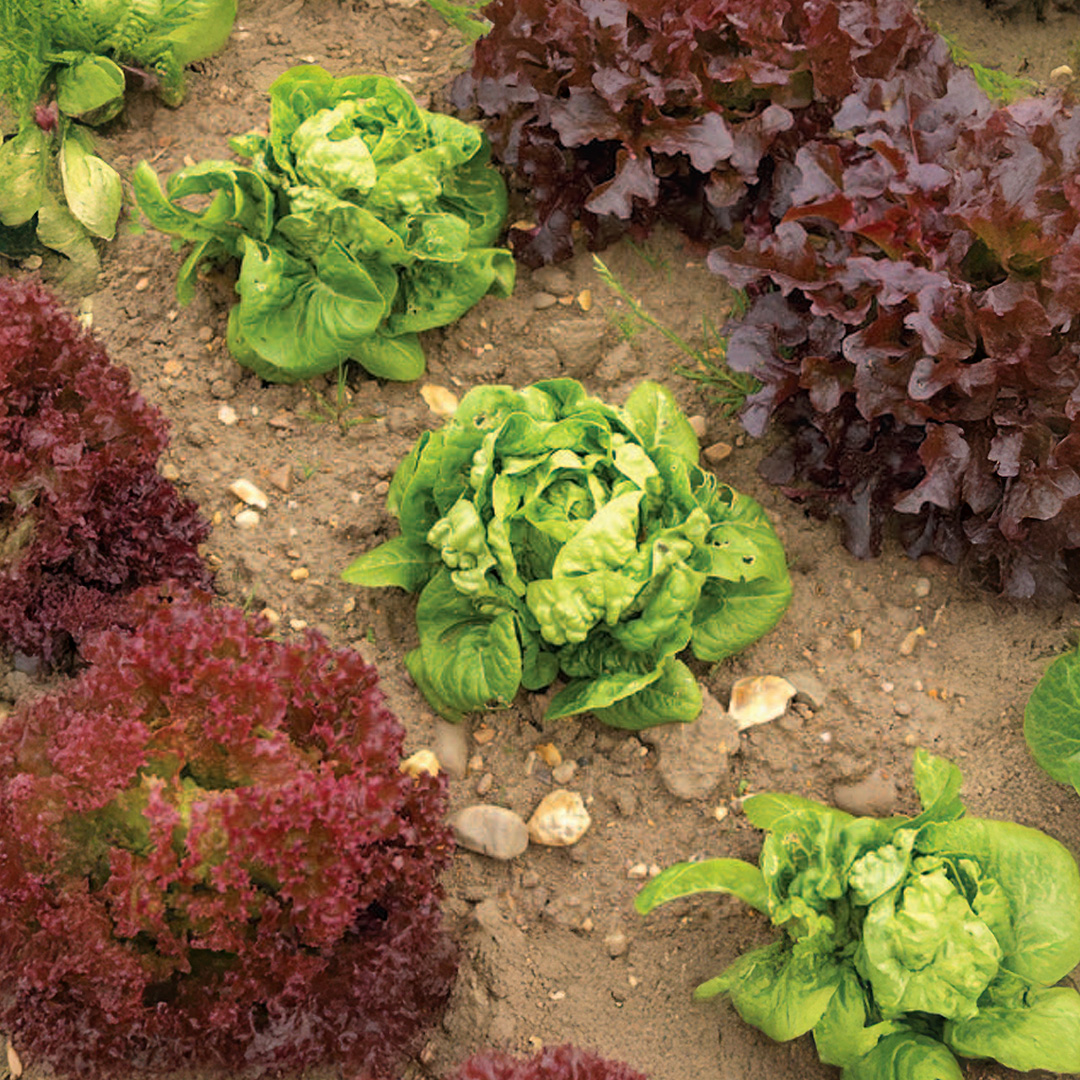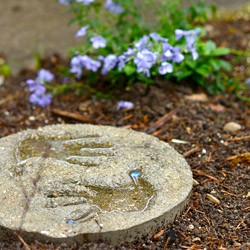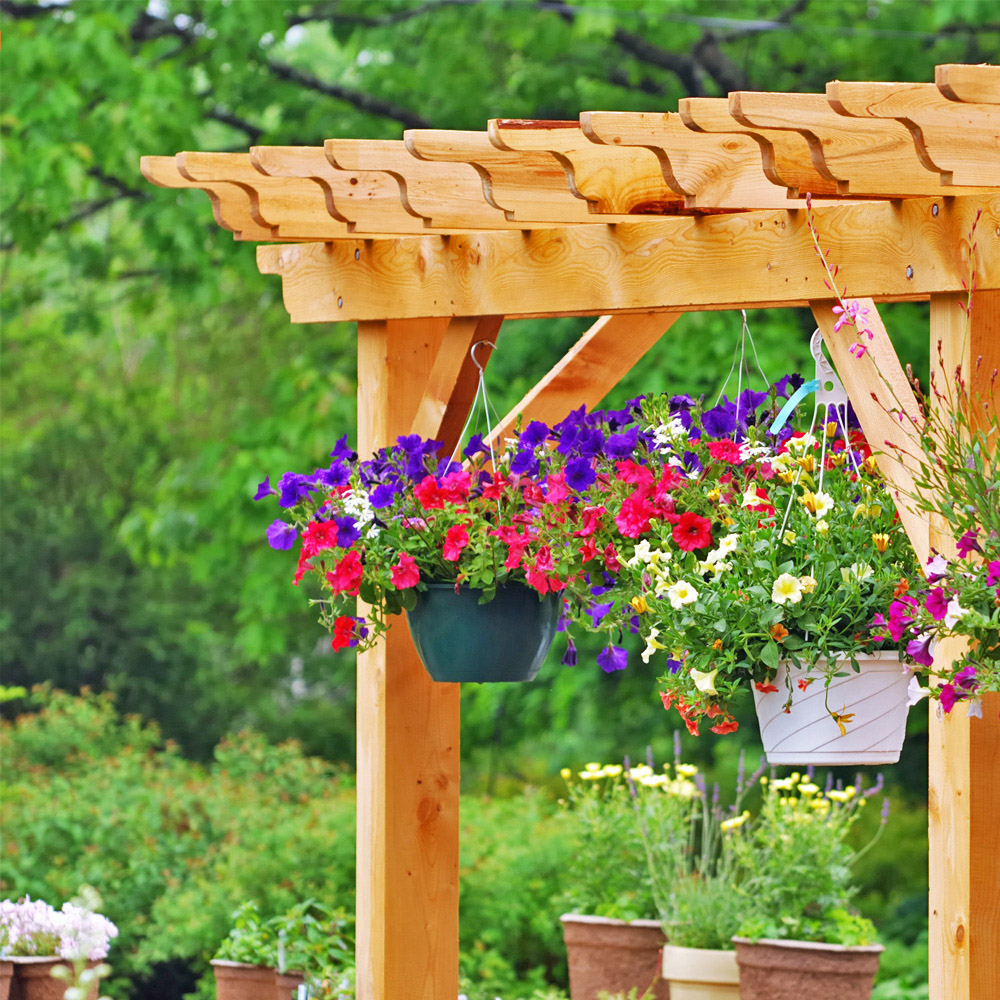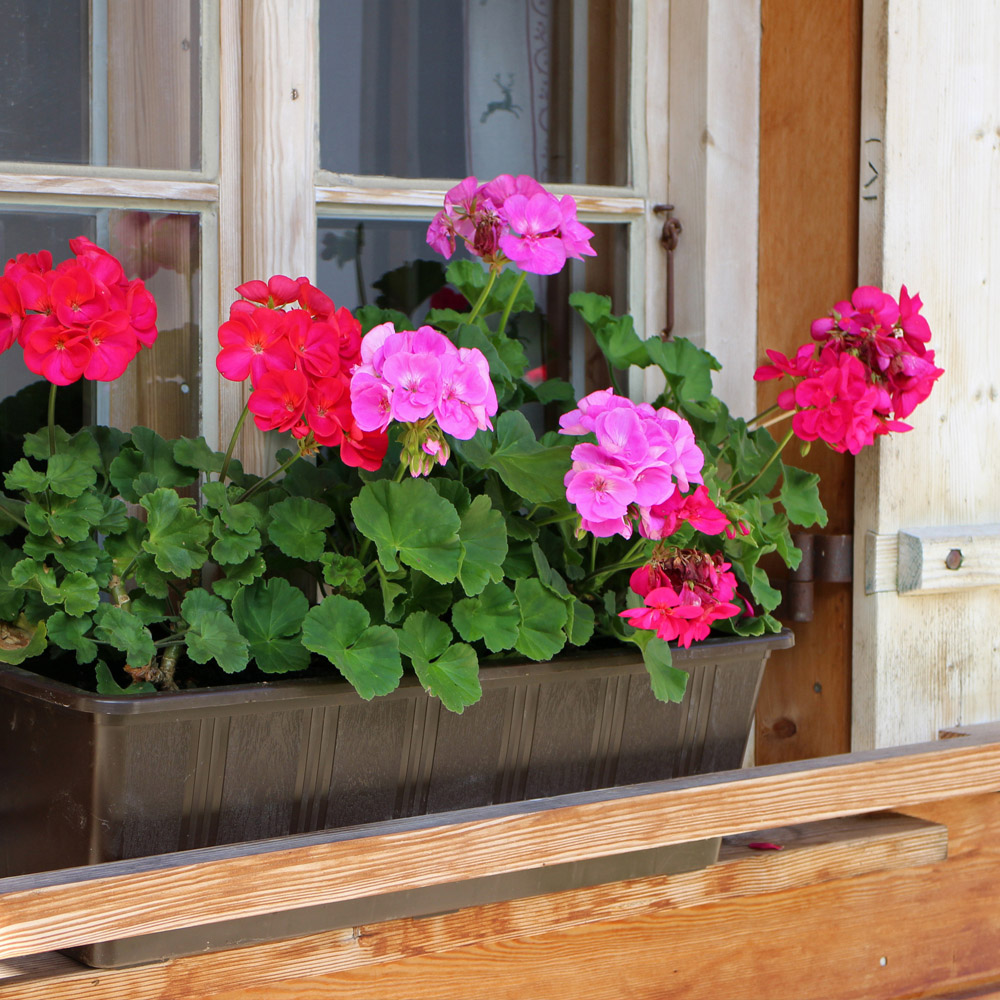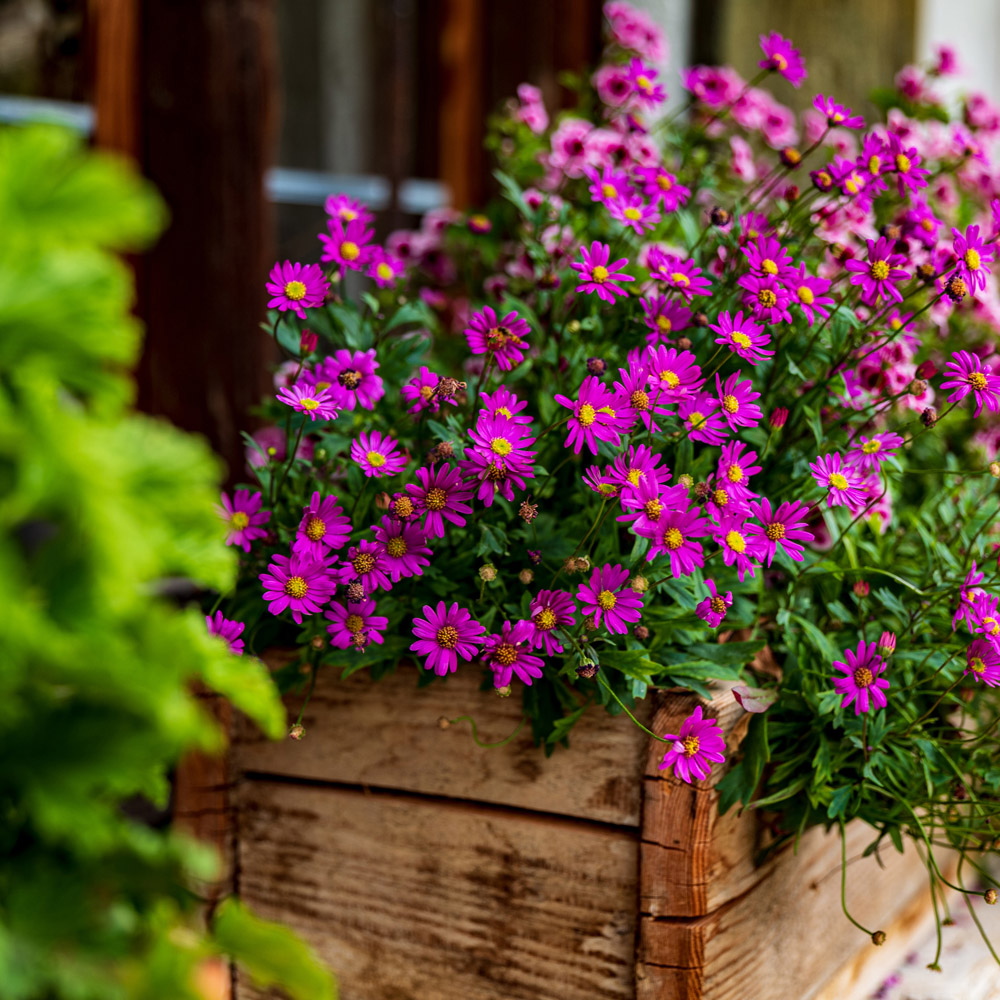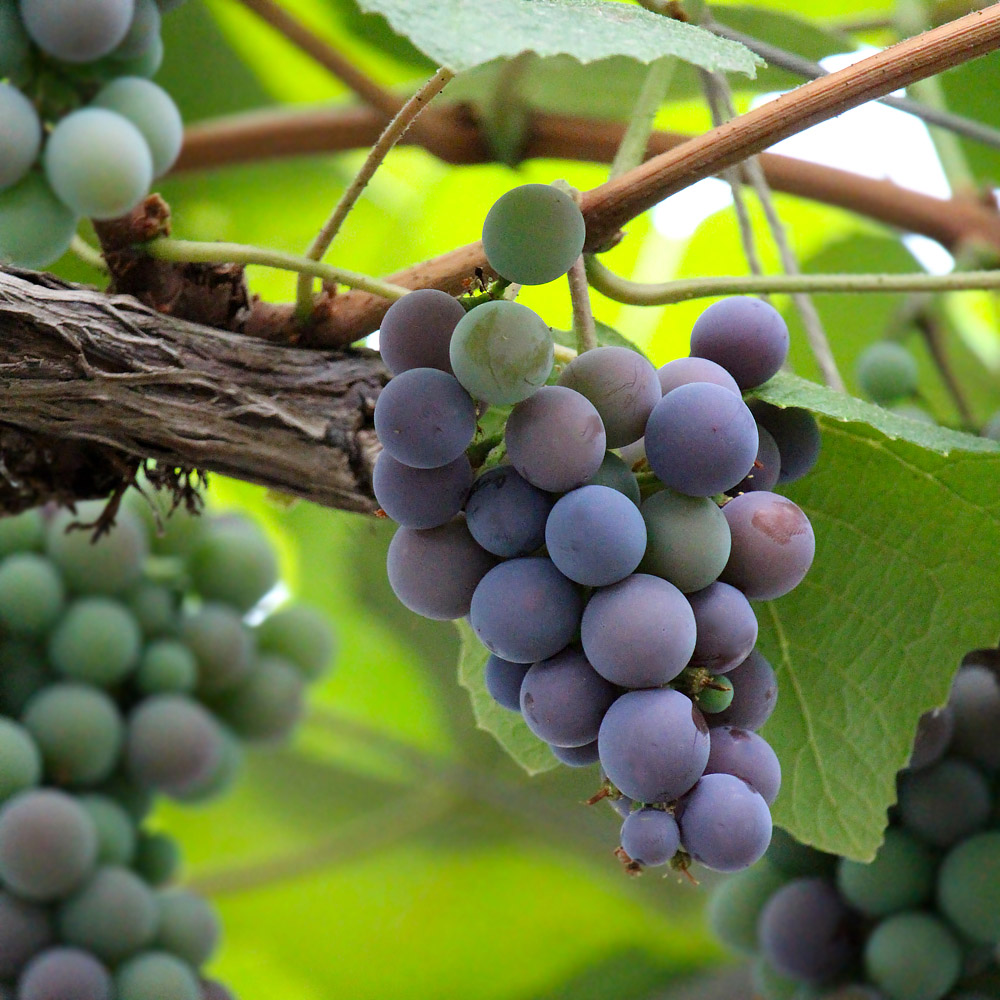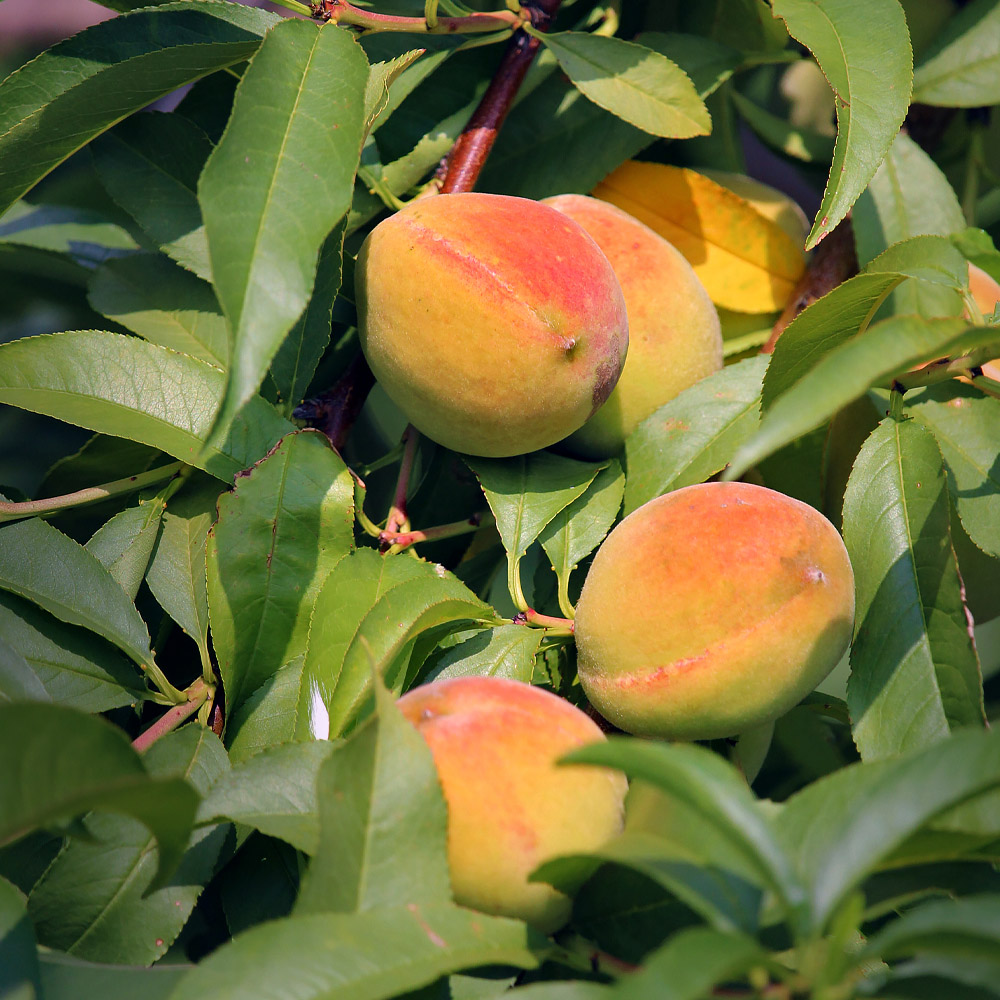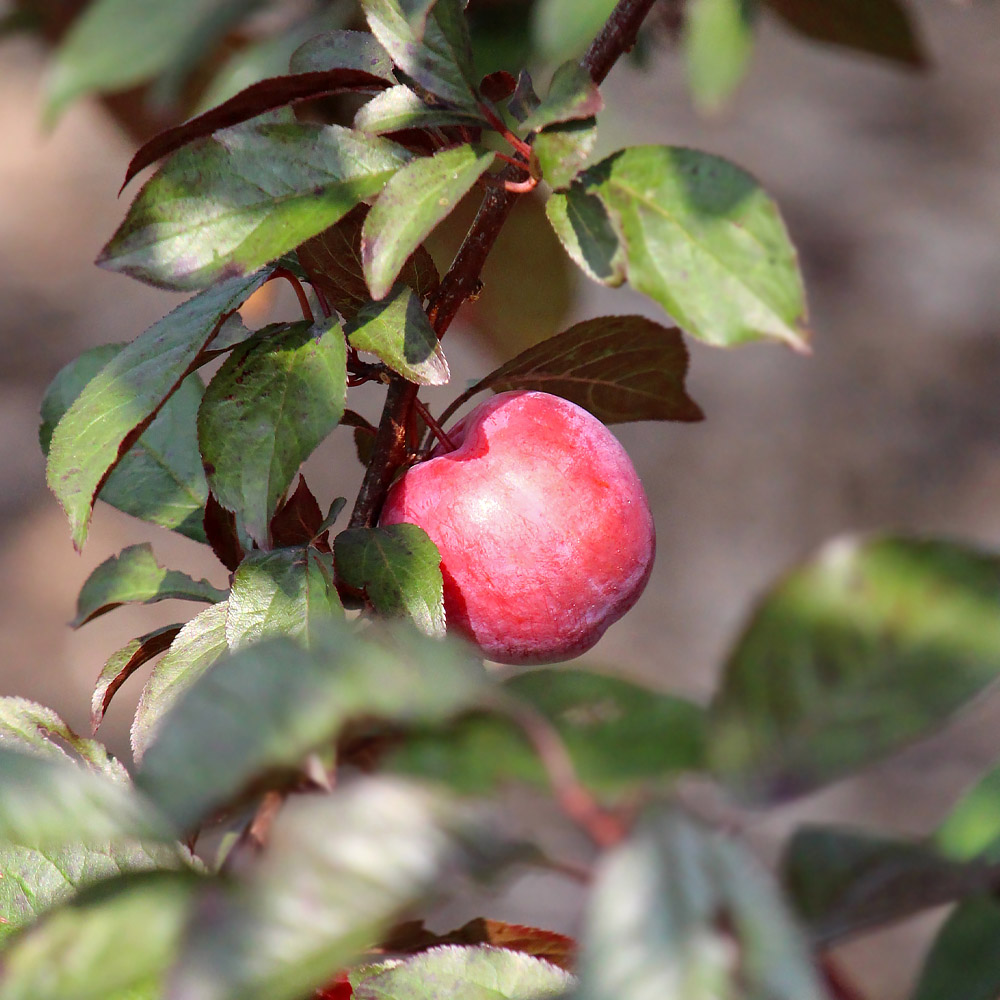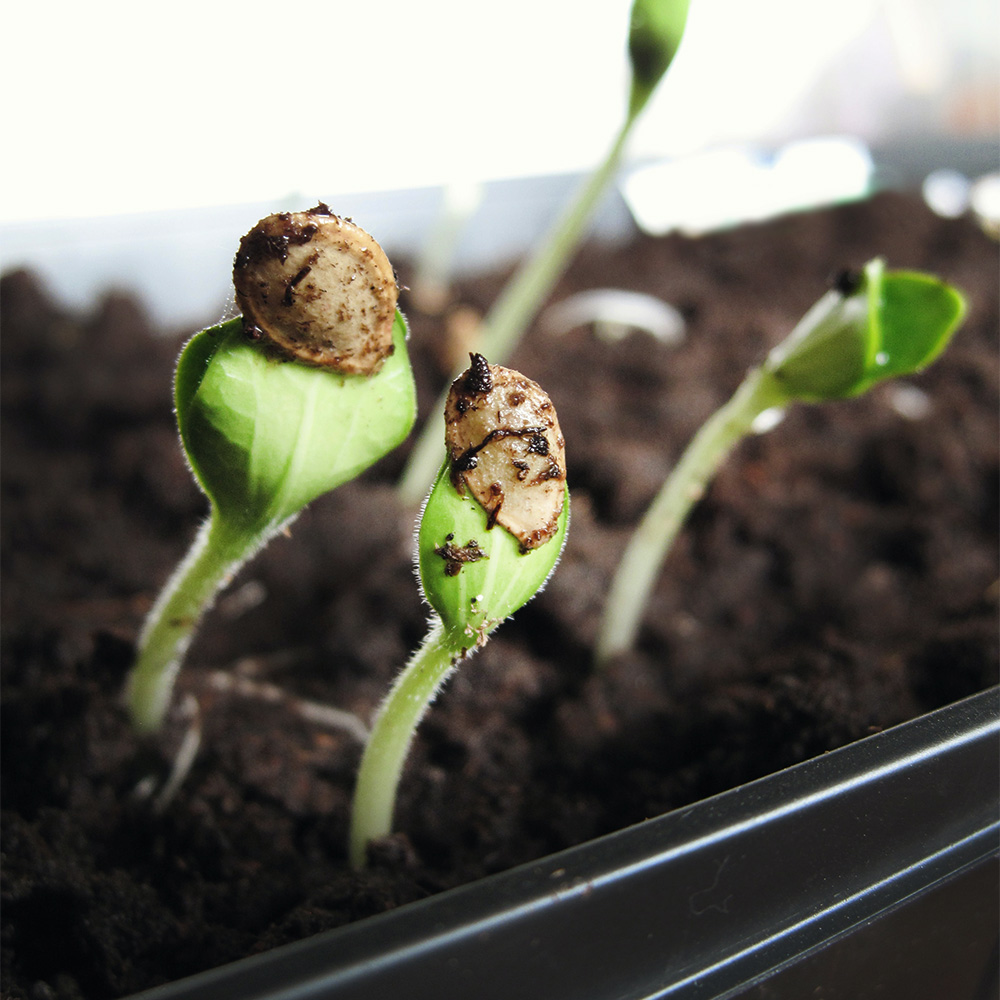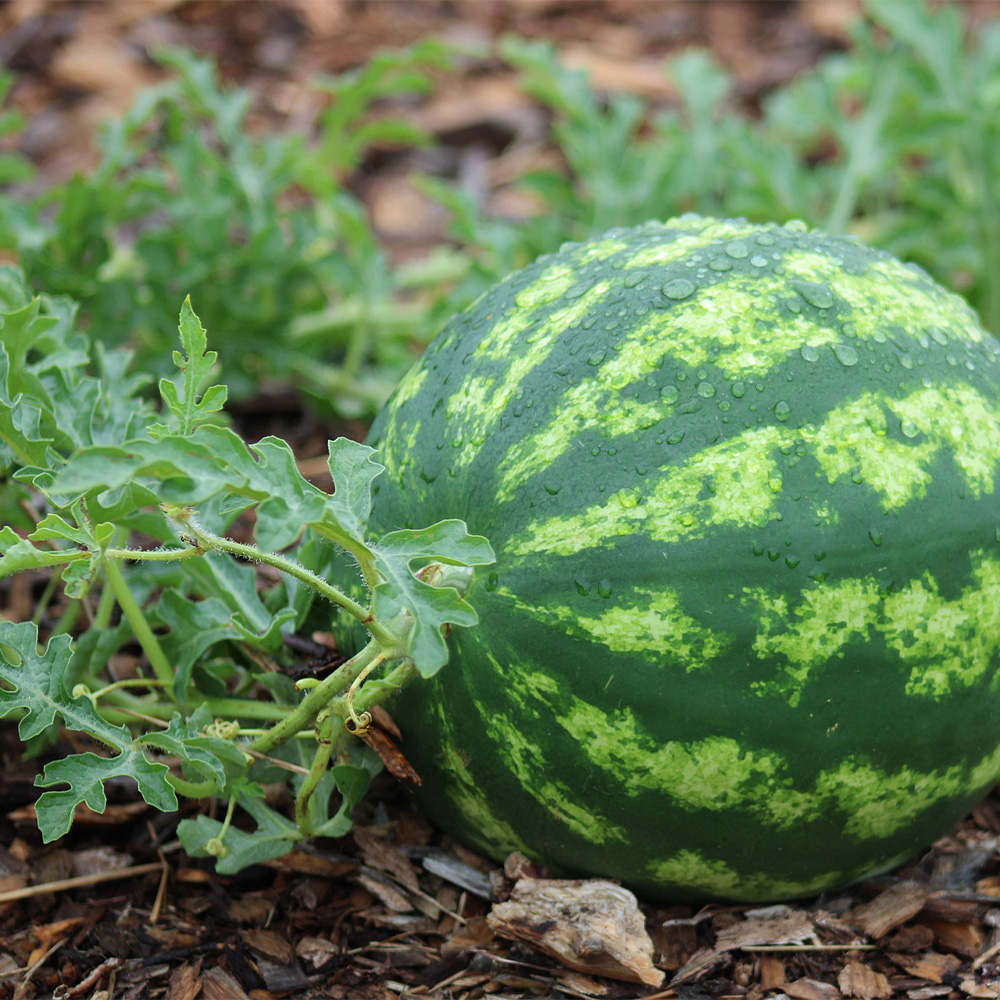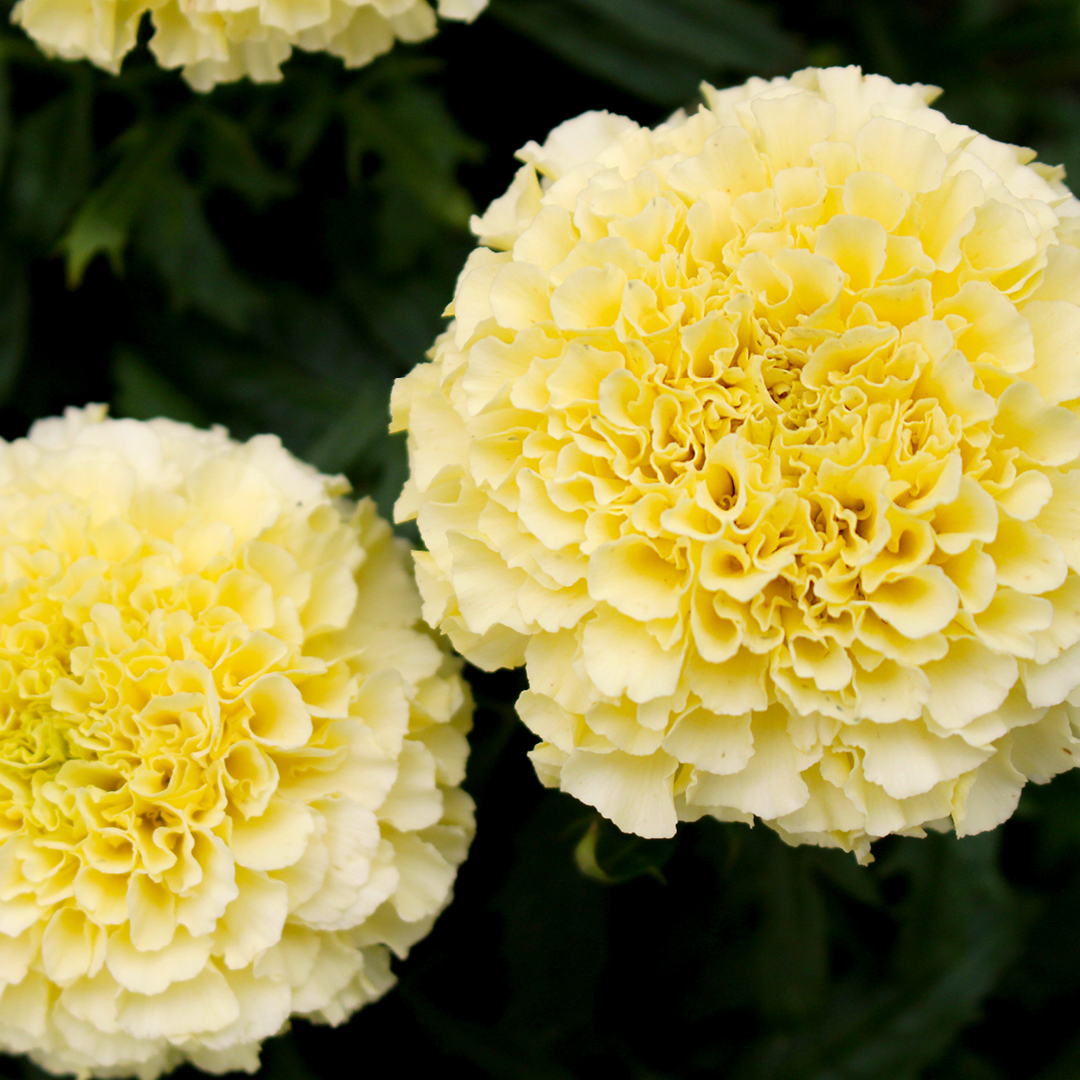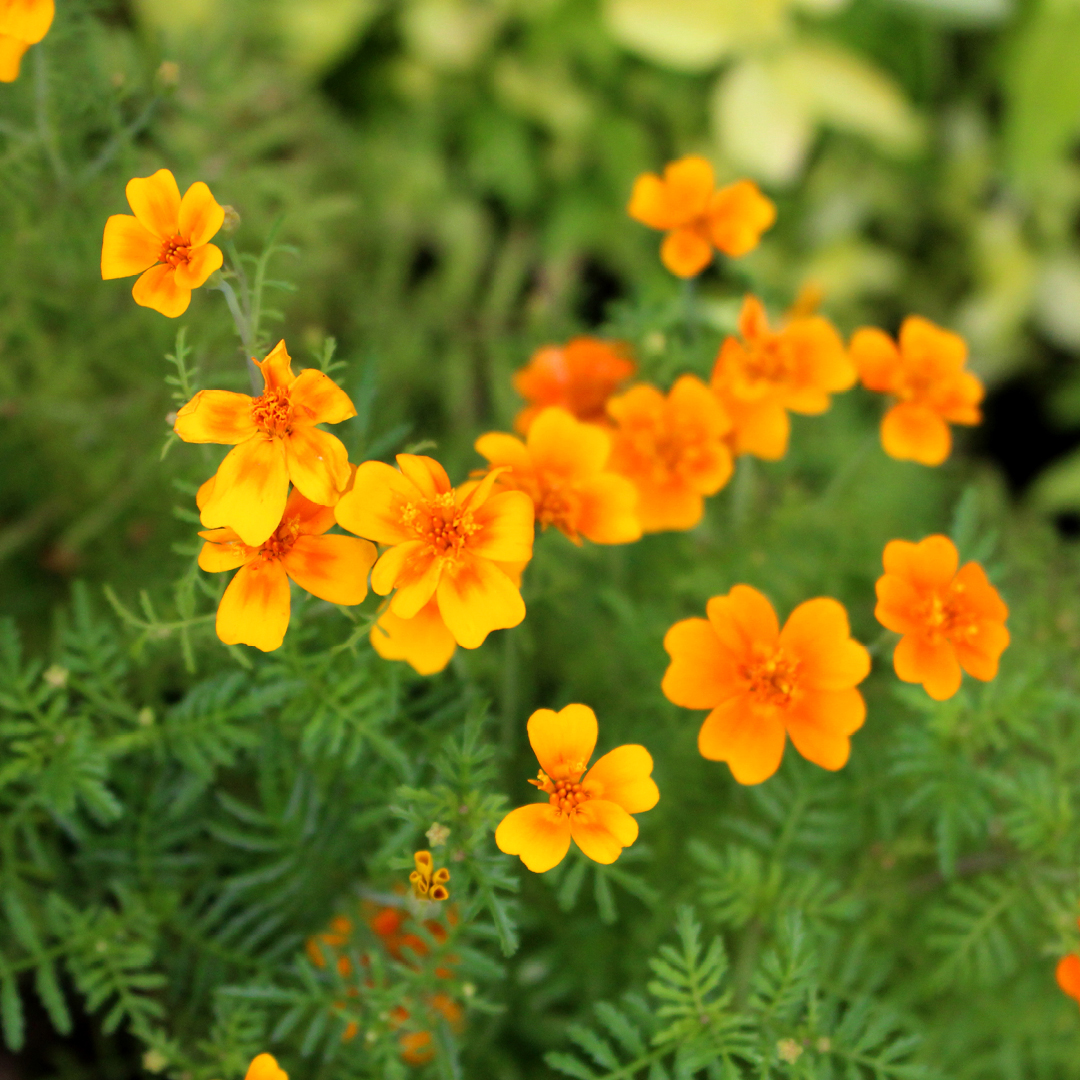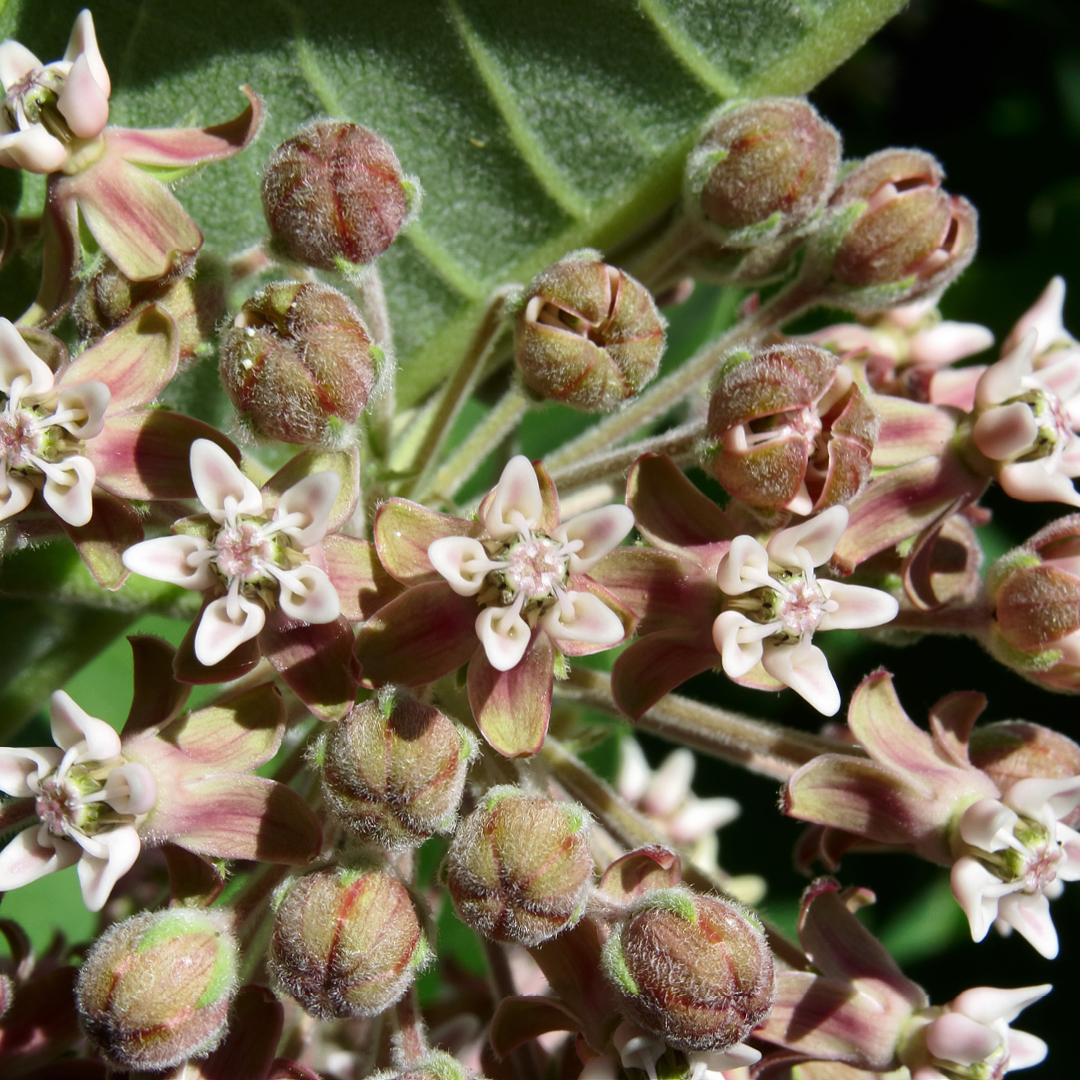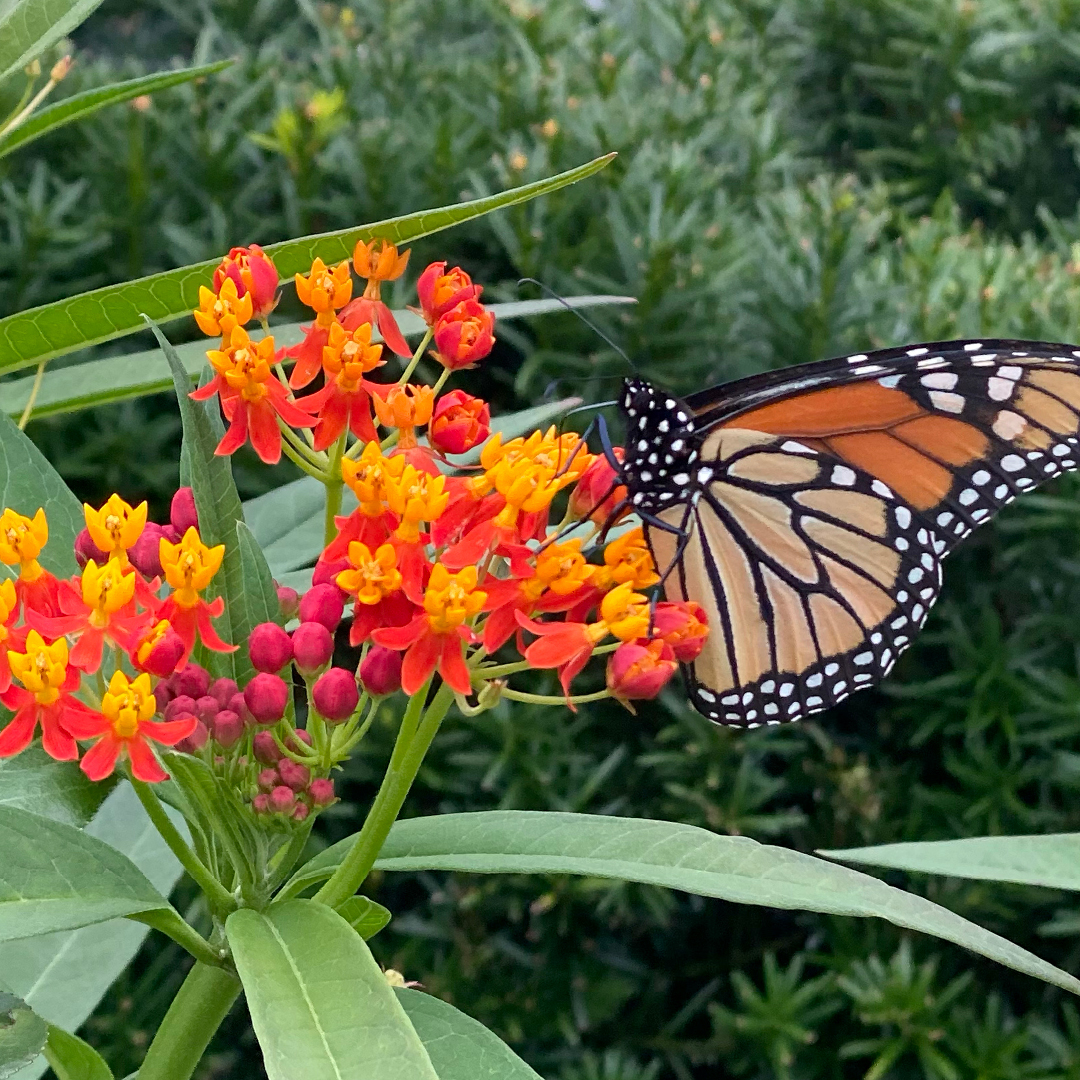Panicle Hydrangeas: The Ultimate Bloom Machine for Your Garden
Big Blooms. Bold Color. Beautifully Easy.
If you’re looking for a flowering shrub that delivers season-long impact with very little fuss, Panicle Hydrangeas (Hydrangea paniculata) might just be your garden’s new MVP. These reliable bloomers are loved for their dramatic cone-shaped flower clusters, their ability to thrive in full sun, and their long blooming season that stretches from midsummer right through fall.
Why Choose Panicle Hydrangeas?
Panicle Hydrangeas are a gardener’s dream:
Cold hardy (even in zone 3!)
Sun tolerant – they love 6+ hours of sun daily
Bloom on new wood – meaning they flower reliably year after year, even after a harsh winter
Low maintenance – prune once in late winter or early spring and you’re good to go
Plus, their flowers change color as the season progresses—starting creamy white or green, then blushing pink, rose, or deep red for a fall finale. The blooms also dry beautifully for indoor arrangements.
Favorite Varieties to Know & Grow
Here are some of our top picks, whether you’re planting a privacy hedge, adding curb appeal, or tucking something showy into a container:
🌿 Limelight – The classic! Huge lime-green blooms that turn soft pink in fall. Grows 6–8 ft tall and wide—great for a flowering hedge or focal point.
🔥 Fire Light – Creamy white blooms shift to a rich raspberry-pink. A showstopper in garden beds or foundation plantings.
🌸 Little Lime – A smaller (3–5 ft) version of Limelight with the same lush, color-shifting blooms. Ideal for smaller spaces.
🍓 Fire Light Tidbit – Just 2–3 ft tall and wide! Big color in a little package—perfect for the front of beds, containers, or even patio pots.
⏱️ Little Quick Fire – One of the earliest to bloom! White blooms quickly turn rose-pink. Grows 3–5 ft tall and wide.
🤍 Little Hottie – Dense, compact, and loaded with white blooms that blush to soft pink. Great heat tolerance makes it perfect for sunny borders.
Design Tips: Using Panicle Hydrangeas in Your Landscape
1. Create Drama with a Hedge
Plant larger varieties like ‘Limelight’ or ‘Fire Light’ in a staggered row to form a blooming hedge. Their upright growth and massive flowers create a natural privacy screen that looks great all summer and fall.
2. Mix with Evergreens
Tuck panicle hydrangeas in among boxwoods, hollies, or junipers. The contrast of lush white or pink blooms against dark green foliage gives a high-end, layered look to beds and borders.
3. Add Late-Season Interest
Pair with ornamental grasses, coneflowers, or black-eyed Susans for a late summer/fall combo that’s full of texture and movement. Their blooms age beautifully into the fall season, blending perfectly with autumn tones.
4. Use in Containers
Compact varieties like ‘Little Lime,’ ‘Fire Light Tidbit,’ and ‘Little Hottie’ shine in large containers on patios or porches. Add trailing vines or seasonal annuals at the base for an extra burst of color.
5. Highlight a Feature
Flank an arbor, fountain, or bench with panicle hydrangeas to draw the eye and create a romantic feel. The tall, upright blooms add height and softness to structured spaces.
Planting & Care Tips
✅ Plant in full sun (6+ hours daily) for best blooms, though afternoon shade is fine in hotter climates
✅ Water deeply during the first growing season to help roots establish
✅ Mulch around the base to retain moisture and reduce weeds
✅ Prune in late winter or early spring—these hydrangeas bloom on new growth
✅ Fertilize in spring with a balanced, slow-release fertilizer







